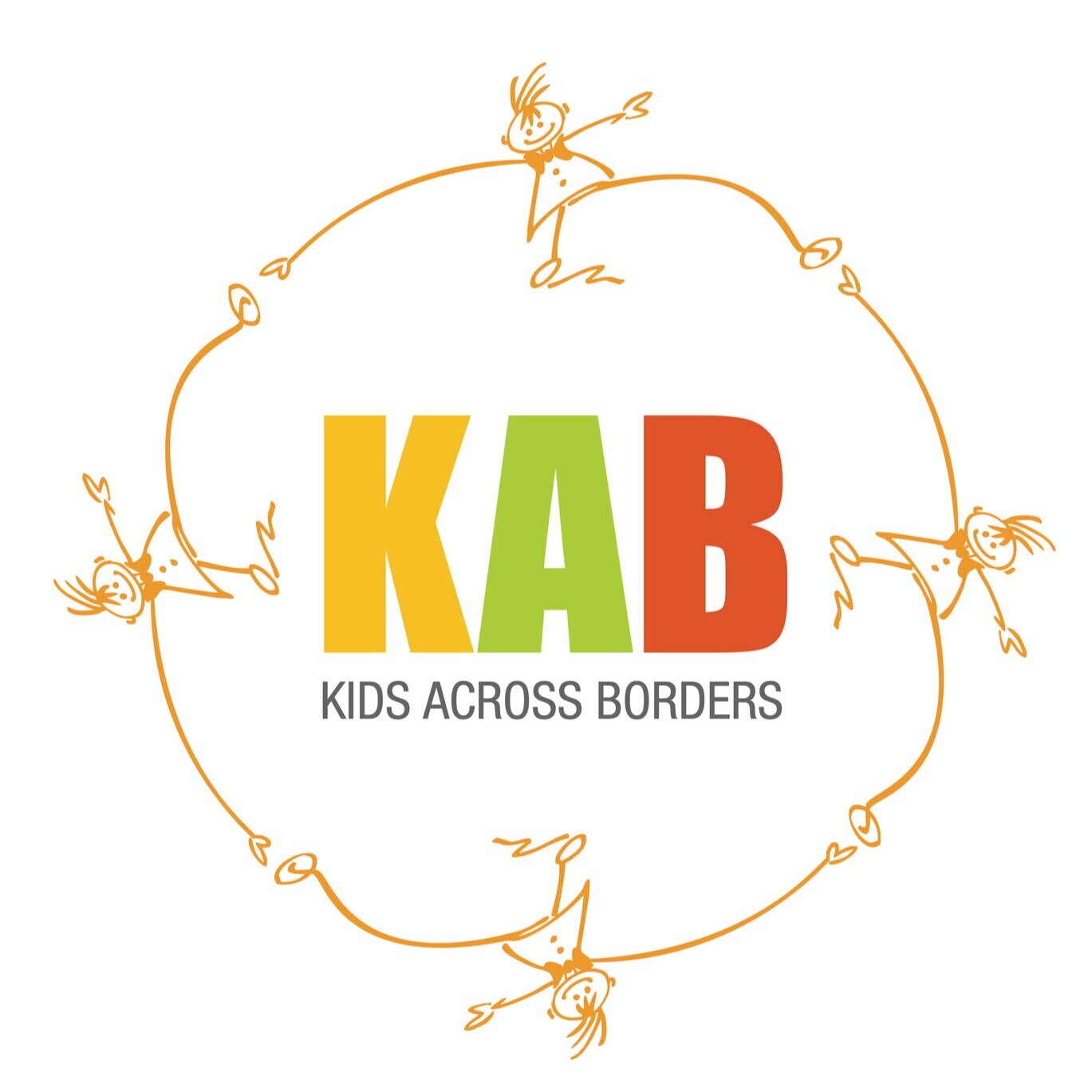Understanding Images and Perceptions
“Myths are powerful. They influence the way we think about things of which we might not have direct experience. The most difficult relationship is not between black and white people but between white Australians and the symbols created by their predecessors…Individual Australians need to bust these powerful and often destructive myths by setting the record straight about Aboriginal and Torres Strait Islander fellow citizens… “
Marcia Langton, Chair of Australian Indigenous Studies, University of Melbourne
Images refer to what we see – the ideas about other people and places that are conveyed through photographs, television, films and written and spoken texts. Perceptions refer to how we interpret those images (Fountain 1995:15).
The way children perceive images is influenced by the attitudes and values held by the people around them as well as messages conveyed in the media and their own experiences. From a very early age children become aware of race and gender differences. By the age of four many have begun to learn the attitudes and stereotypes which their family and society attach to particular groups, cultures or races (Reid-Nguyen 1999:65).
Communicating with children from different cultures and countries through school linking gives children a deeper insight into the lives of others and the awareness and understanding to move beyond simplistic stereotypes.
The purpose of this unit is to try and make students realise that no single image of a place or its people can tell the whole story. It is important to analyse all points of views critically and to consider context and gaps in information to reach a more balanced understanding.
Overview of the Unit
The first activity asks students to record their thoughts and perceptions of the country and people they will form the link with. Conducting this before any other activities take place provides a record to trace the shifts of understanding and awareness that occur as a result of the school linking. However, if this activity exposes any strong prejudices the students have, it is important to confront these before continuing with the link. Students need to approach the cultural exchange with an open mind to really benefit from it.
Key Concepts
Stereotypes: A stereotype is an oversimplified statement based on a single characteristic.
Prejudice: Prejudice is to pre-judge or to form an opinion (usually negative) about someone or something before all the facts are known. “Richard can’t cook—he’s a guy!” is an example of prejudice.
Stereotypes and prejudice are harmful. For example, they are often based on faulty information, they get in the way of knowing people as individuals, and they can lead to serious misunderstandings
Discrimination: If stereotypes (oversimplified images of people, issues, or events) lead to prejudice (judgments based on stereotypical images), then prejudice leads to discrimination—treating someone unfairly because we believe their differences make them inferior.
Learning Aims
· This unit aims to improve pupils' understanding of places by helping them to question their initial impressions and perceptions of a country and its people.
· They explore how stereotypes are created and how these views can be deconstructed.
· They learn to identify bias in different sources of information and how to use a framework to analyse information in texts and images.
Lesson Plans
Recording Perceptions
Before starting the exchange students record their perceptions of their partner country / culture. This provides a basis for comparison and helps reveal what students have learnt and gained from the program as well as if it has been effective in breaking any prejudices or stereotypes.
Images
Students critically evaluate images to learn to identify bias in different sources of information.
Comparing Regions and Countries
Students compare their region or country with the region or country of their partner school and examine basic facts about the two.
What sound is that?
Students record tracks of sounds they hear often. They send these to their partner class who try and interpret them.


